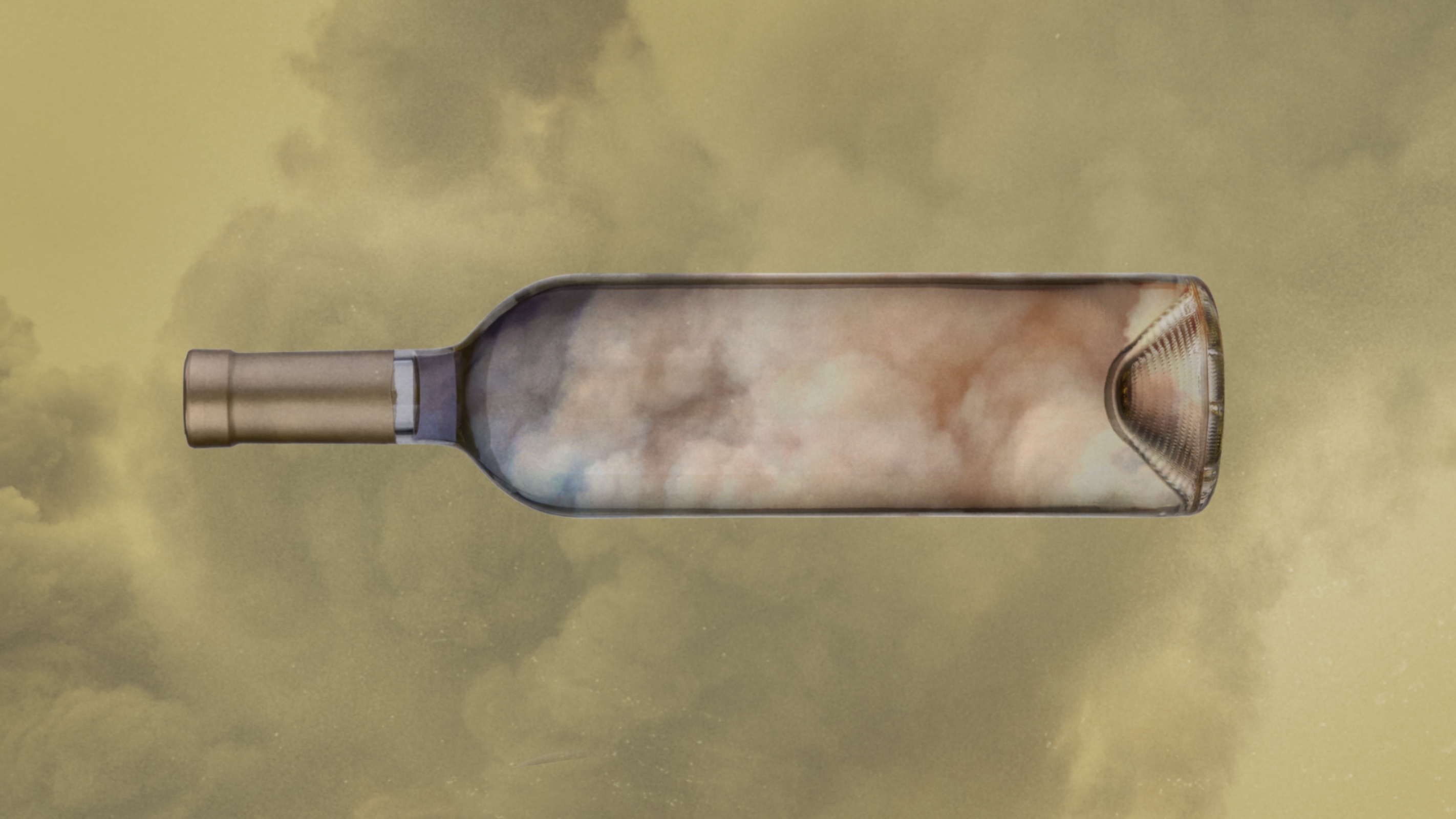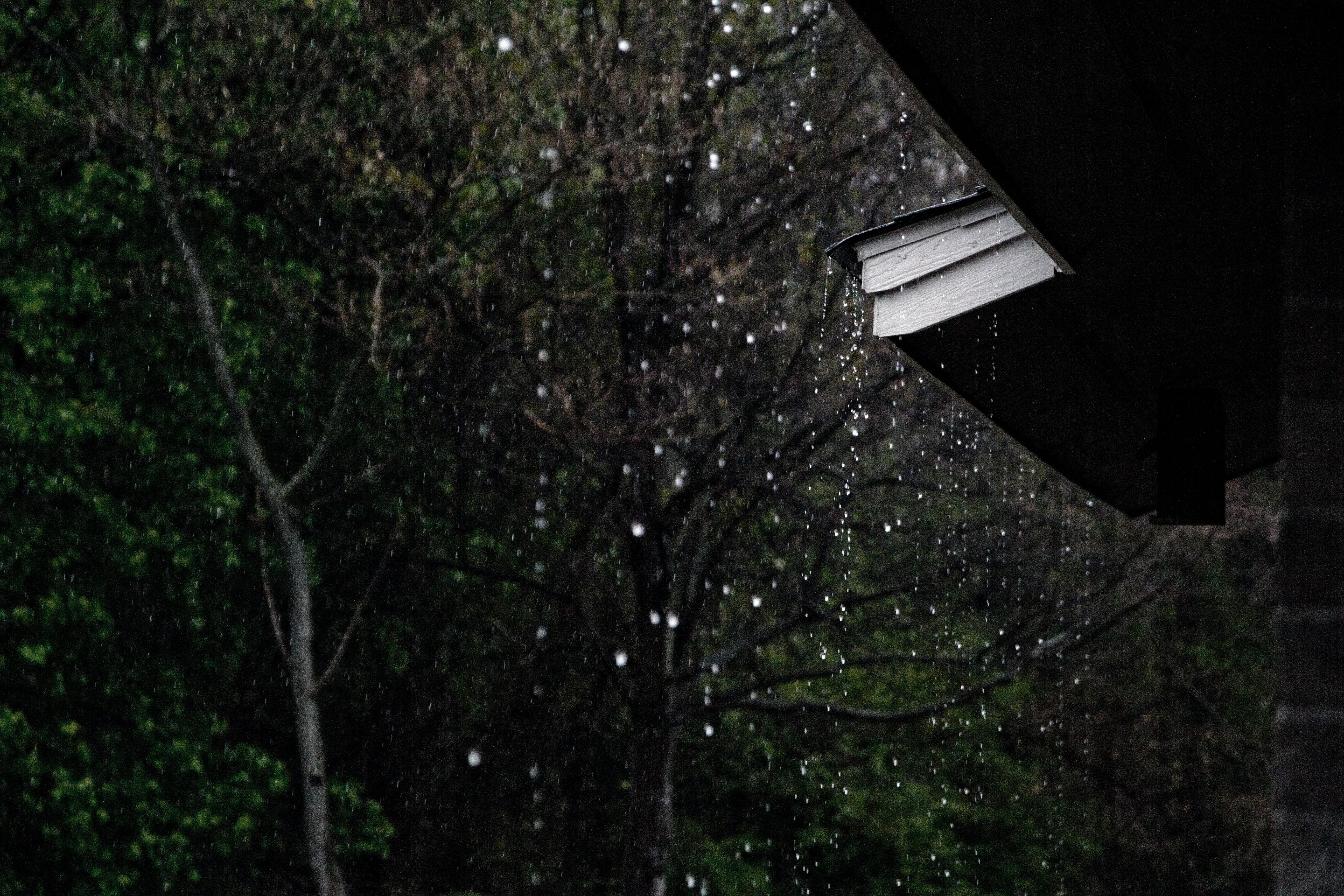Here are 3 main causes of wildfires, and 3 ways to prevent them

Brett Hemmings/Getty Images
A headline that reads ‘The Worst Year in History for Wildfires’ should be a shocking and dramatic statement. Instead, it’s in danger of becoming a cliché, a well-worn phrase, an annual event.
The year 2020 will be defined by the COVID-19 pandemic, but wildfires in Australia, Brazil and the US have reached new levels of destruction.
“We’re not only seeing ever-increasing fires year after year. We’re also seeing more fires over a larger geographical spread. And we’re also seeing a longer period. Our fire season used to be just two months of the year 15 years ago and now it’s nine months of the year.” said Hilary Franz, Commissioner of Public Lands, Washington State Department of Natural Resources, speaking at the Sustainable Development Impact Summit 2020.
Climate catastrophe
“It’s increasingly clear that, as we have launched this effort around a trillion trees, we’re also in an era of megafires,” said Justin Adams, Executive Director, Tropical Forest Alliance, at the World Economic Forum.
For Jennifer Morris, the Chief Executive Officer of the Nature Conservancy, the California wildfires are a microcosm of a global crisis affecting forests.
Morris said decision-makers must address a range of challenges to save the forests and the communities that rely on them.
“How do we fund prevention rather than always deal with the next worst year?” she asked. “How do we make sure that forests are able to realize their total benefits through reforestation?
“How do we get farmers and forest owners from the US to Brazil and Australia to actually receive income for protecting the forests?”
A World in Flames
For Jad Daley, President and Executive Director of American Forests, there are three main causes of wildfires – and he’s in no doubt about the biggest one of all.
“Make no mistake, climate change is driving this dramatic increase in wildfires and future wildfire risk … so, we can’t solve our wildfire crisis without addressing climate change,” he said.
Secondly, Daley called for more active forestry management to address issues such as a lack of water and drier weather which create the conditions for fires to break out and then burn out of control.
Thirdly, instead of restoring forests, he talked about the need to “pre-store” our forests for a changing climate, using science like a crystal ball to understand how conditions will develop in the future.
Hilary Franz also called for more funding to help her teams fight wildfires more effectively, saying hot air alone had never put out a fire. At present, her airborne firefighting crews are flying helicopters that saw active service in the Viet Nam war.
“I focus on three things,” she said. “The first is wildfire protection resources … At the federal level we borrow a number of resources from other states and federal governments. But when we have California, Oregon, Colorado, Wyoming all on fire at the same time, we don’t have any more resources to borrow. The second prong is forest health … and the third is community resilience.”
The barriers to protecting the world’s forests are entrenched and significant. It will need political will, commitment from forest communities and the right resources in the right places to make progress.
The World Economic Forum’s
1t.org aims to conserve, restore and grow a trillion trees before the end of this decade, partly to reforest areas of woodland destroyed by wildfires.
The one trillion trees initiative aims to enable the kind of partnerships that will lead to a reduction in wildfires and more sustainable forests.
Reprinted with permission of the World Economic Forum. Read the original article.





